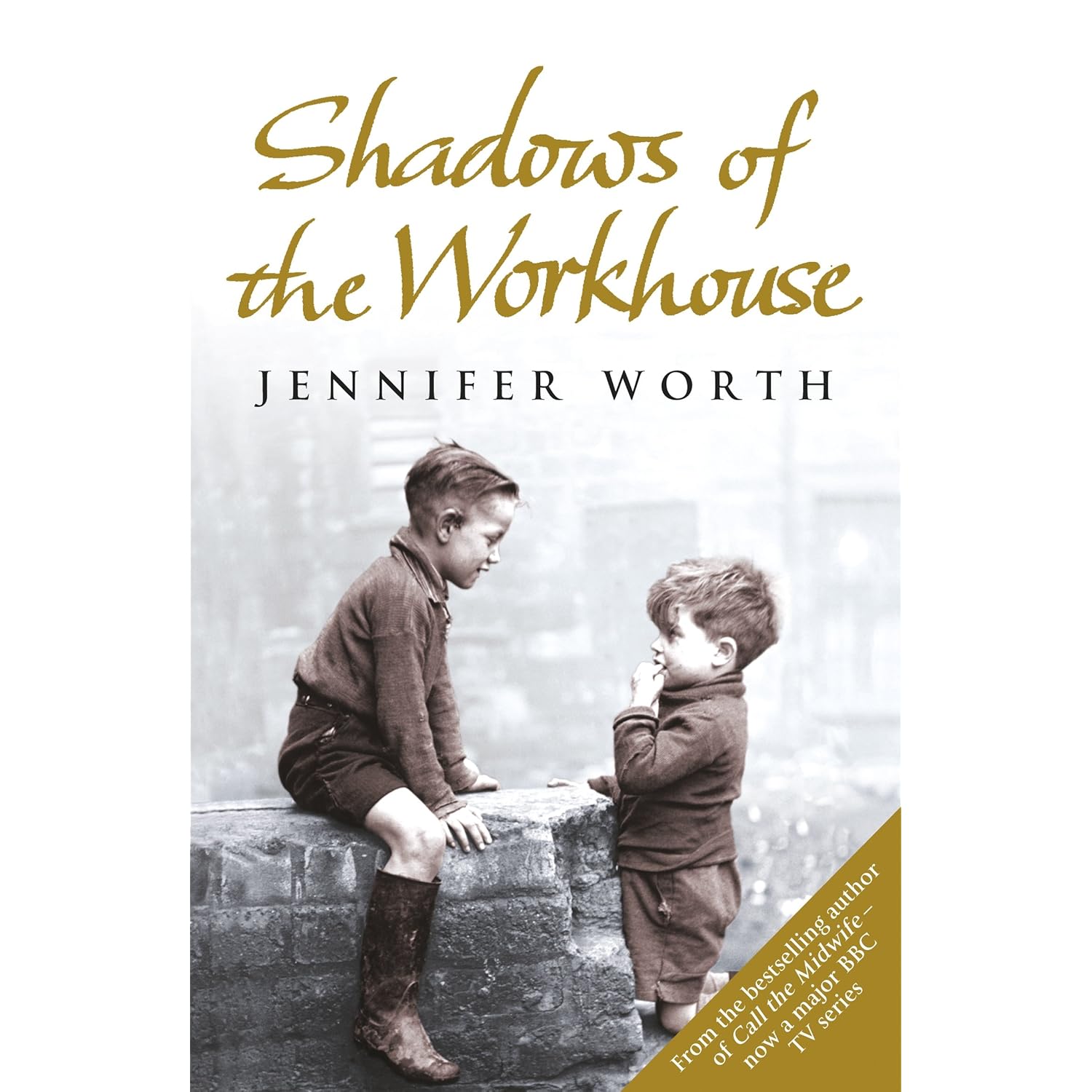As
everyone knows, I am obsessed with nuns and midwives. Are there two more
awesome types of people than nuns and midwives? The answer is no. I am addicted
to the tv series Call the Midwife and I basically inhaled the book last year.
If Call
the Midwife is a massive love letter to the NHS, then Shadows of the Workhouse
reminds us how much we owe to the Welfare State as a whole. The book is in 3
parts and the first and third are about the effect of the workhouse on the
lives of working class people in the first half of the 20th century.It’s so shocking to me that the workhouse existed so recently that my great-grandparents must have lived in fear of the workhouse, that my grandparents could have been taken there as children. We are so lucky that this could never happen to us.
I don’t
know if people outside the UK know about the Workhouse (although everyone has seen Oliver
so I guess they know what it is?). The workhouse was pretty much the only
safety net for the elderly, orphaned, disabled, ill and unemployed in Victorian
and early 20th century Britain. The workhouse was tough – the inmates
had to do tough physical labour and the conditions were so crowded that disease
spread quickly and easily, killing huge numbers with each outbreak. The great tragedy
of the workhouse was that families would be broken up as soon as they arrived:
adults were separated from children, male inmates from female. Once they had
entered the workhouse, families knew they were unlikely to see each other again.
The fear of the workhouse and the shame of having to enter it led people to
take their own lives rather than go and the fear continued long after the last
workhouses closed.
SO, the
actual book!
Part one
: The Children of the Workhouse.
This
part is the most upsetting part of the book. I read the first few chapters late
one night and I felt physically sick and cried so much I had to spend ages
cheering myself up before I could sleep. This bit tells us the story of
three people she knew who had been in the workhouse together: Fred and Peggy
(who were brother and sister) and their friend Jane. This section is pretty
tough going. I find it incredible that this
type of thing happened less than 100 years ago.
Warning: there is incest and a very graphic description of a child being whipped.
Warning: there is incest and a very graphic description of a child being whipped.
This bit
is what I imagine those misery lit/true life stories are like.
Part Two:
The Trial of Sister Monica Joan.
Everyone’s
favourite crazy old nun has been caught shoplifting and goes on trial. Do I
need to say more? This section also tells us about Sister Monica Joan’s background
and how she left her rich and privileged family to become a nurse and then a
nun.
“Were you a suffragette?”I asked.
“Bah! Suffragettes. I’ve no time for suffragettes. They made the biggest mistake in history. They went for equality. They should have gone for power!”
Part
Three: The Old Soldier
This
section is about an old man that Jenny befriends and he tells her stories about
his life and his time as a soldier. Pretty straightforward.
How do I
sum up? I can't sum it up without making it sound really horrific! It's pretty downbeat and depressing in places and there is no midwifery(!). But the book is incredibly moving and it shows us just how lucky we are to live now, even if we do have a government of EVIL.
p.s. still bad at the review thing a waaay behind. oh well.
p.s. still bad at the review thing a waaay behind. oh well.



All I know about the workhouse is from A Muppet's Christmas Carol, when Beaker and the Dr guy are trying to collect money for the needy so they don't have to go to the Workhouse like Michael Caine says they should. Bad Michael Caine. "Most would rather die!" "Then they'd better hurry up, and decrease the surplus population."
ReplyDeleteDickens- not a fan of the Workhouse, obviously. But we ARE totes lucky to live now- I'd be in the workhouse with my parents for sure. (Charlotte would be ok, obvs.)